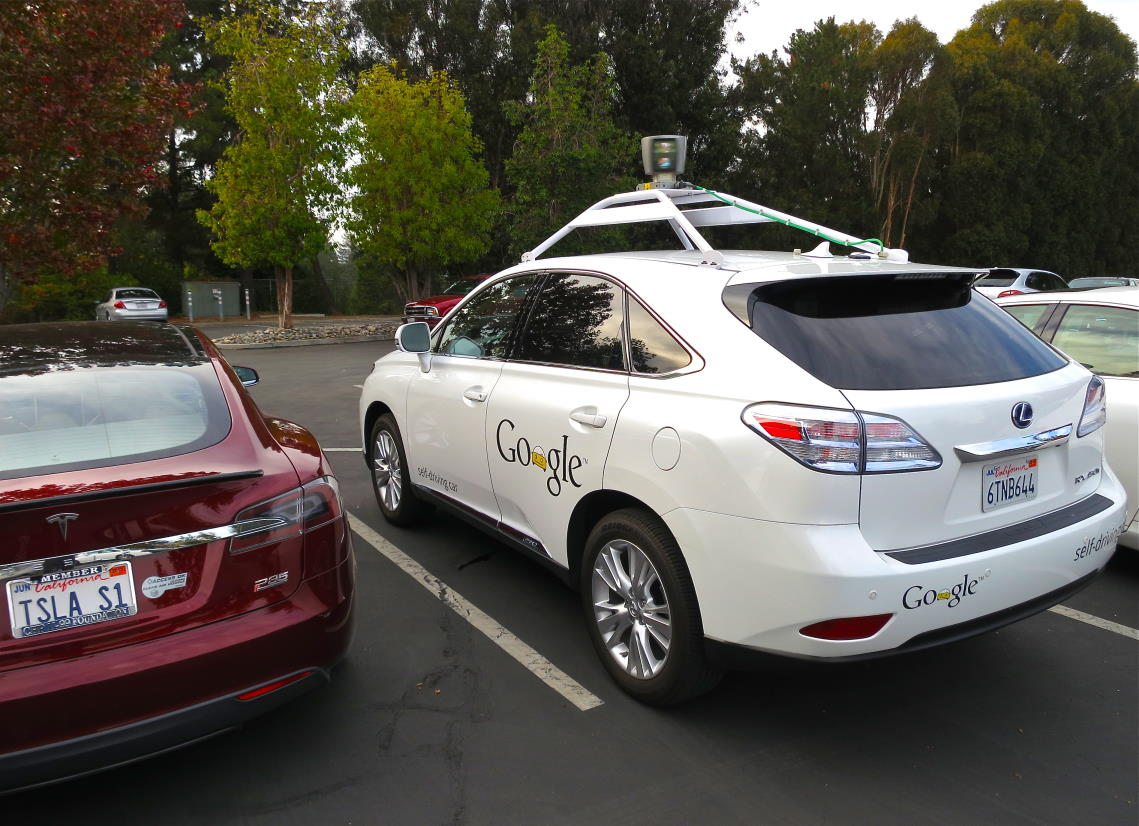The Shift Towards Autonomous Vehicles
Sponsored Article by RoSPA

Road safety issues have been a key focus of RoSPA since our formation in 1916. Whilst our influence now extends to occupational health and safety, leisure safety and home safety-related issues we continue to be at the heart of road safety-related decision-making within the UK and through our members and award winners across the world.
All towards our mission of ‘life free from serious accidental injury’ which we achieve through ‘exchanging life-enhancing skills and knowledge to reduce serious accidental injuries’ our vision is drawn from our respect for life and all that it contains – the freedom to enjoy personal choices, health, happiness, wellbeing, relationships, and a huge variety of life-affirming activities.
We know that we are not alone in our goals, that without others we cannot succeed, and so we collaborate with large numbers of experts, ranging from individuals affected by accidents and their families to multinational corporations.
The focus on the development and introduction of highly autonomous and fully autonomous vehicles on the world’s roads has led us to consider the safety-related issues associated with technological advances. The steps towards fully autonomous vehicles are defined by the Society of Automotive Engineers International (SAE) and are universally applicable.
Encompassing the spectrum from vehicles with no automation, where a fully qualified driver is required to be alerted at all times, to full autonomy, where a vehicle functions independently without a human driver.
Several automated technology systems are now available on select mainstream vehicles, such as park assist, adaptive cruise control with lane-keeping assist and motorway assist. However, there has so far been relatively little attention given to educating drivers on their choice and use of these semi-autonomous features.
With some vehicles on the market already featuring ‘Level 2 partial autonomy’, it is essential that drivers understand the technology in their vehicles; what it does, how to use it as safely as possible and the potential risks of misuse. It is vital that drivers understand both the capabilities and limitations of these technologies and do not over-rely on them.
The most basic stage, Level 1, is where one element of driving is supported using sensors and cameras, but the driver is still fully in charge of the vehicle. This includes features such as radar-managed cruise control, lane-keeping assist and autonomous emergency braking (AEB) which have been available for several years.
Level 2 autonomy is where the vehicle is capable of controlling multiple functions such as the accelerator, braking and unlike Level 1, the steering function.
With remote-controlled parking, functions are also possible to park in tight areas without being in the driving seat. In Level 2, the driver continues to remain in control of the vehicle and must always pay attention to the road at all times. Whether driving for work or leisure RoSPA advise drivers to consult the handbook of their vehicle before attempting to operate any of these features and within a workplace context their fleet manager.
Let’s take the example of Autonomous Emergency Braking (AEB) systems which usually try to avoid an impact by warning the driver at first, although this does not happen on every vehicle fitted with AEB. If no action is taken and a collision is anticipated, the system will apply the brakes. However, some systems are better at detecting vulnerable road users, such as pedestrians and cyclists, than others. AEB is not a substitute for effective observations and full concentration whilst driving. Early AEB systems only functioned at low speeds but modern systems can operate up to motorway speeds and can detect pedestrians, cyclists and potential obstacles when reversing.
Some systems can intervene when it is unnecessary, such as when the vehicle is travelling down a steep slope that levels out, so drivers are reminded to remain alert at all times and use the vehicle handbook to find out how to temporarily deactivate the system, or adjust the sensitivity level if required.
Another example of increasingly common automation is the Blind-Spot Assistance System, which warns the driver if a vehicle is approaching their blind-spot. Providing the driver with a visual or audible warning, more advanced systems engage the vehicle brakes or operate the steering where required. This type of semi-autonomous system does not allow the driver to abdicate responsibility and they should always check their blind-spot before changing direction, even if their vehicle is fitted with such technology.
Speed is a significant factor in accidents, Adaptive Cruise Control (ACC) allows vehicles to accelerate and slow down automatically to keep pace with traffic ahead. Some advanced systems use detailed data from the vehicle’s satellite navigation to slow down for corners ahead and maintain a set distance from vehicles in front. However, drivers must keep their hands on the steering wheel at all times and be ready to intervene where necessary. Many ACC systems allow the driver to alter the distance between their vehicle and those in front but a safe distance must be always maintained.
The benefits are tangible however whilst the vehicle can keep a set distance from another vehicle in front it will not necessarily detect that traffic is slowing or changing lanes due to a lane closure, further along, the carriageway. In many circumstances, a good driver would be able to observe what is happening much further ahead and deal with the situation well in advance. It is also worth noting that during heavy rain, fog or icy conditions, the driver should ideally keep full control of the vehicle so that they can react to potential hazards ahead.
The technological advancement that has the effect of reducing the number of people killed and seriously injured on the world’s roads can only be to the benefit of Society…however the role of the driver remains constant as we make the transition to full automation.
Sharing policy insights and ‘what works’ is at the heart of RoSPA’s role as a thought leader and influencer. We watch with interest the developments arising from collaborative working between the Land Transport Authority, Enterprise Singapore, Standards Development Organisation and Singapore Standards Council and the outcomes from developing ‘Provisional National Standards to Guide Development of Fully Autonomous Vehicles’.
Addressing the first/last mile challenges experienced in regional transit across Singapore being investigated by the Centre of Excellence for Testing & Research of AVs – NTU (CETRAN) has global significance. By whole system thinking, they are creating a model that has the potential to be refined to reflect local context culture and industry, which RoSPA can share across our networks.

About RoSPA
The Royal Society for the Prevention of Accidents (RoSPA) is the only UK charity to work across occupational health and safety, and road, home, leisure and education safety, we promote the exchange of life-enhancing skills.
More than 14,000 people are killed in accidents across the UK each year with thousands more suffering injuries, many of which are life-changing.Yet, accidents don’t have to happen.
We’re proud to be at the heart of accident prevention in the UK and around the world, working to stop the needless loss and devastation that accidents cause to individuals, families, communities, businesses and society as a whole.
